
Paying top dollar for everyday items might feel normal in America, but many of those same products and services cost far less elsewhere. Ranging from college tuition to gym memberships, price tags can vary wildly across borders. Here’s what Americans often overpay for without even realizing it.
Prescription Medications
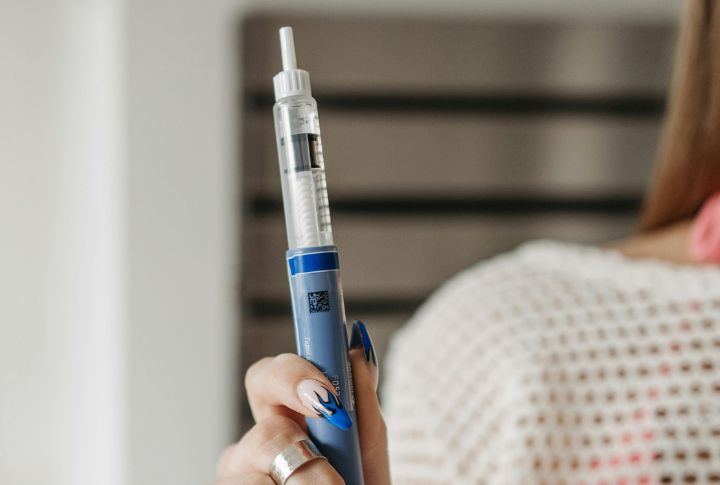
In America, a single vial of EpiPen costs an average of $340. Meanwhile, across the pond in the U.K., it’s under $110. Similarly, Insulin costs about $72 per vial in the U.S., but around $32 in Canada. That’s a big price difference to account for.
Luxury Cars
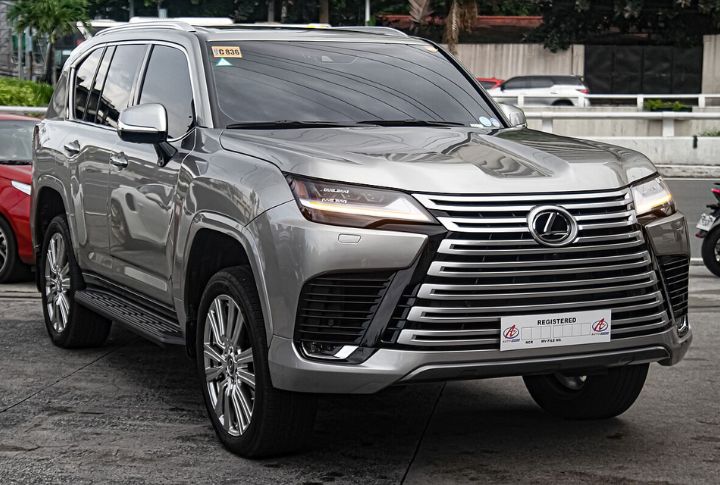
Luxury car prices differ widely depending on the country. For example, the Lexus LX 600 costs more in the U.S. ($107,350) than in Japan ($91,750-$96,837). Such cars are often pricier in the U.S. due to import costs, regulations and brand positioning, not actual manufacturing costs.
College Tuition
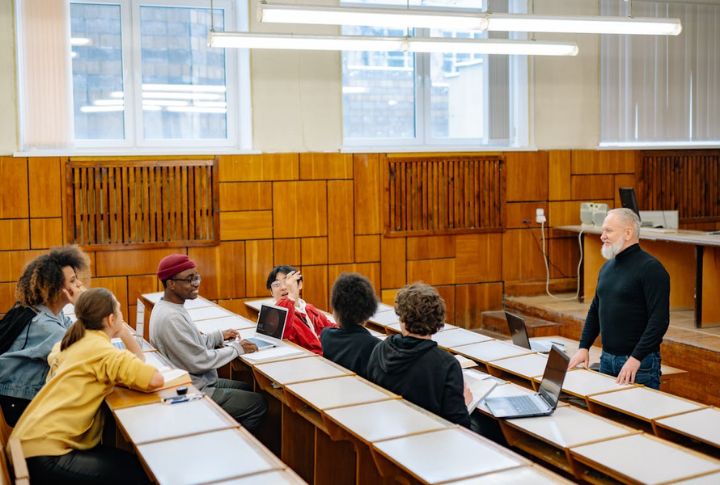
Going to college in the U.S.? Better have a small fortune or a big loan. Harvard charges around $83,000 in tuition fees per year. Meanwhile, Germany’s public universities charge non-EU students up to $3,000, while Scandinavian countries like Sweden offer free college to residents and EU students.
Internet & Mobile Data Plans

In the U.S., streaming a movie might cost less than the data you used to stream it. Thanks to limited competition, Americans pay top dollar for internet and mobile plans, whereas South Korea gets faster speeds for less. India practically gives data away!
Housing & Rent In Major Cities
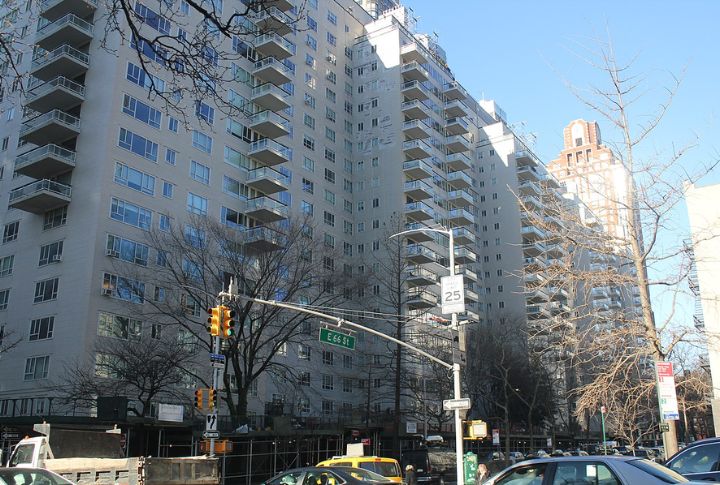
$4,025 a month for a one-bedroom in Manhattan? That’s less of a rent and more of a ransom. In Tokyo, a similar place rents for around $1,030. The difference? Japan actually builds enough housing. Their zoning rules keep prices in check, even in a city as big as Tokyo.
Gym Memberships

If gym costs feel high in the U.S., you’re not imagining it. Monthly fees are steep compared to Europe and Asia. In Spain and China, fitness clubs often include more amenities at roughly half the cost. Travelers or expats can even save big by joining locally.
Electronics

Electronics prices vary globally based on import fees, currency exchange rates, regional pricing strategies and consumer purchasing power. In the U.S. The Sony PlayStation 5 costs more ($499) than in Japan ($380), not because the console itself is more expensive to produce, but because of the factors mentioned previously.
Designer Clothing & Accessories

Why pay full price for luxury when Europe gives you the discount version? Designer labels like Gucci and Prada cost way more in the U.S. In France or Italy, you can save up to 40%, and if you’re a tourist, you get a tax refund too. Stylish and smart.
Health Insurance

Because of private healthcare costs, health insurance premiums in the U.S. average about $7,452 per person each year. If you’re considering long-term stays abroad, countries like the U.K. offer universal healthcare for free, making it a cost-effective option for basic medical coverage.
Childcare & Babysitting Services

Scandinavian countries have a very different approach to childcare, where they use public subsidies to make services more accessible and affordable for parents across all income levels. On the other hand, daycare and babysitting services can cost thousands annually in the U.S.
Car Insurance

Auto insurance in the U.S. averages $2,068 to $2,680 annually, largely influenced by a profit-oriented model. By contrast, Japan mandates car insurance with premiums of around $340 to $680 per year. Despite lower costs, Japan maintains comparable safety standards, highlighting stark differences in policy structures.
Movie Tickets & Streaming Services

Catching a movie in the U.S.? That’ll be double what someone in India or South Korea pays. Over there, competition and regulations help keep it cheap. Even streaming subscriptions come at a lower price. Same shows, same screens, smaller bill.
Public Transportation
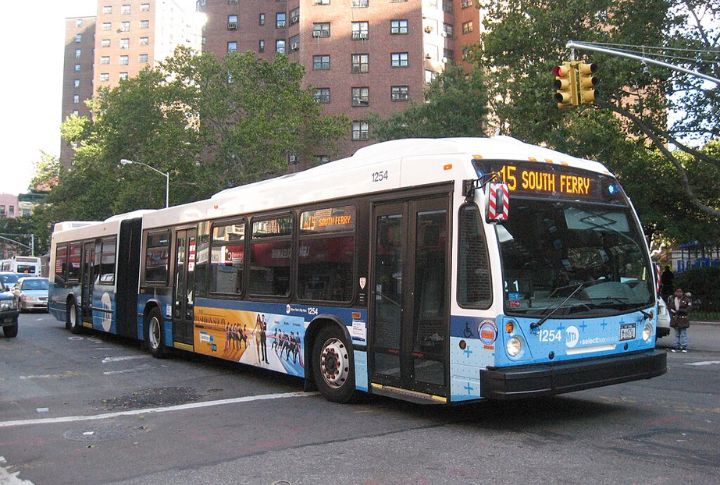
In New York, a monthly subway pass costs $132. Paris offers a similar service for around $90, and Hong Kong’s system, known for its efficiency, remains under $72. These differences stem from varying funding models and infrastructure policies.
Cosmetic Procedures (Botox, Laser Treatments)
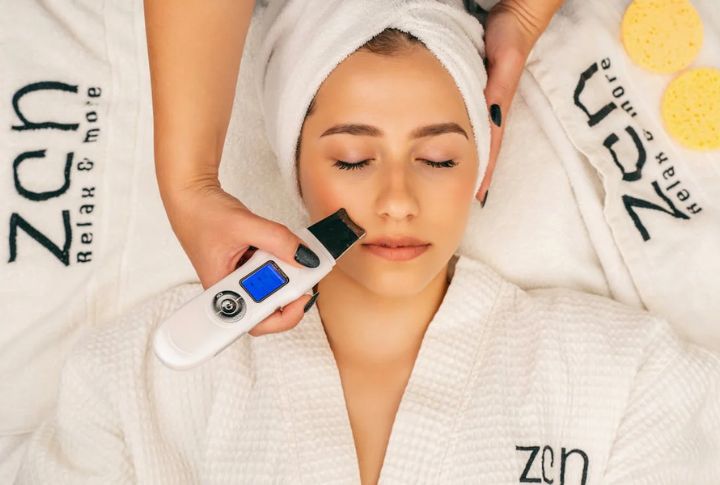
If you are considering cosmetic work like Botox in the U.S., expect high prices due to malpractice insurance and hospital fees. For similar quality, many opt for Thailand or South Korea, where procedures cost far less. Researching clinics abroad can lead to major savings.
Fast Food & Restaurant Dining

Who knew that even a fast-food meal could feel like a minor investment? In Egypt or South Africa, a Big Mac combo costs around $5. But in the U.S., that price jumps up to $8. And that $80 steak dinner in New York? You could have it in Buenos Aires for $30 and still afford dessert!
